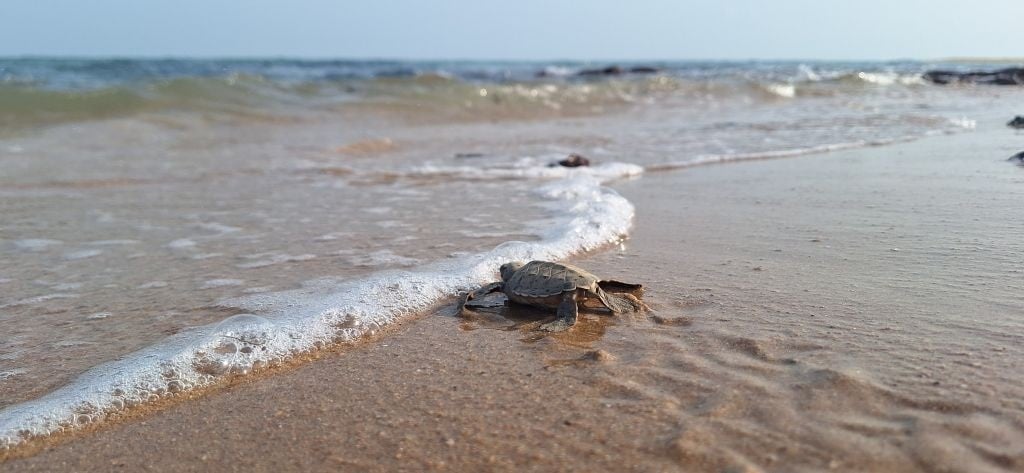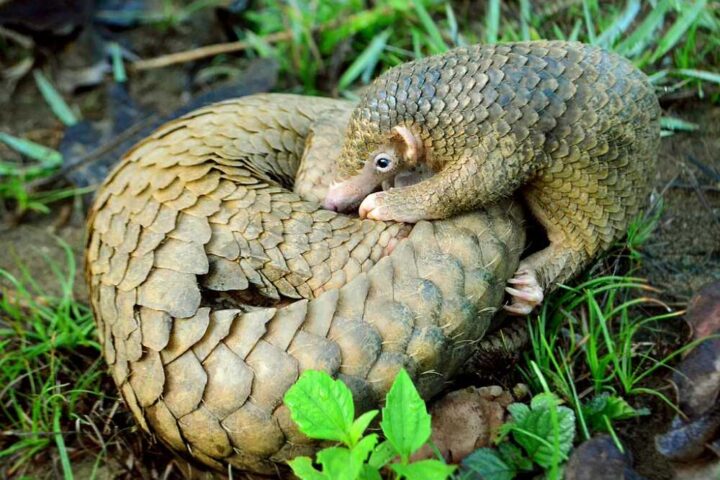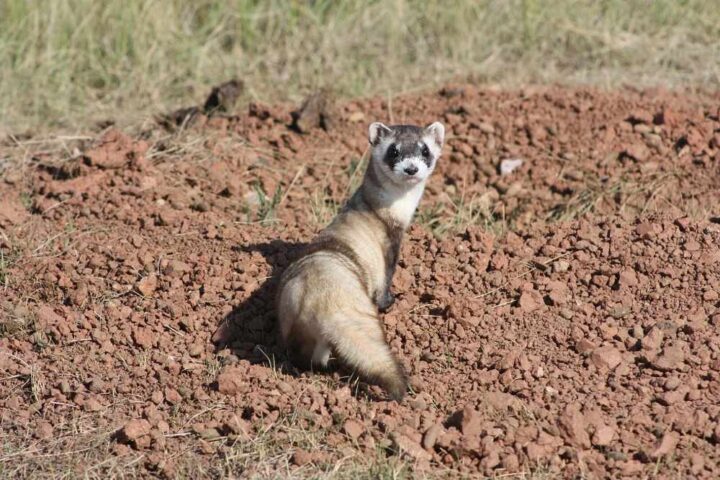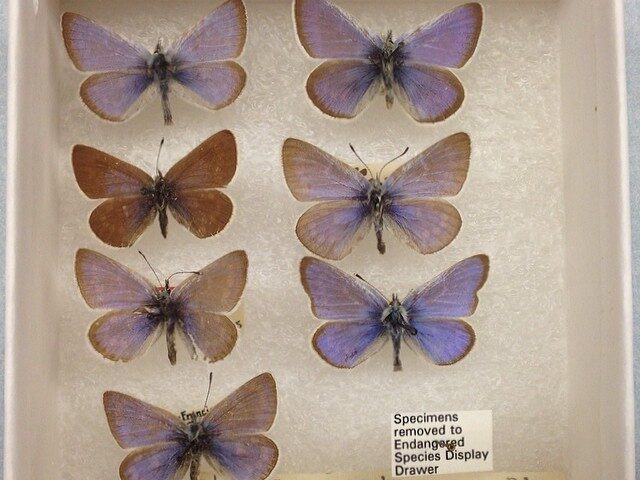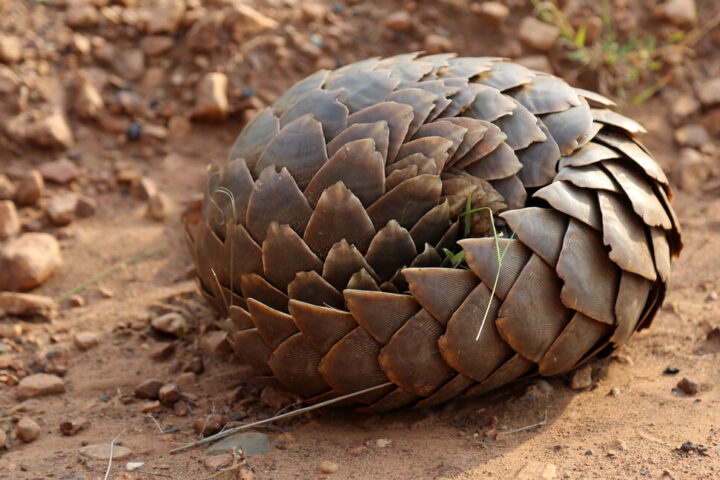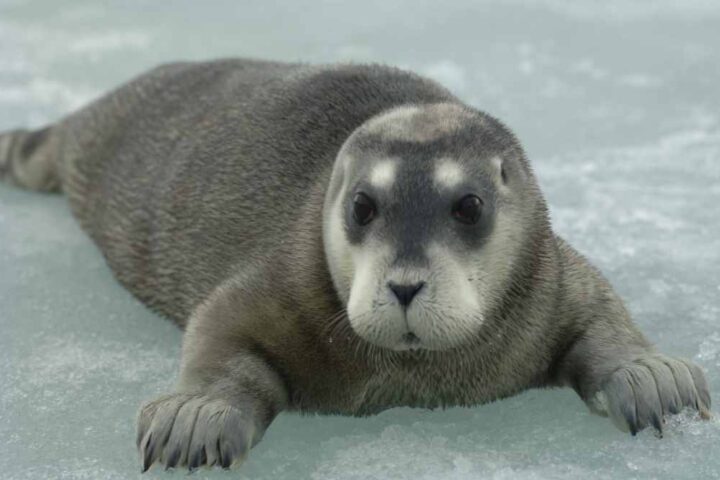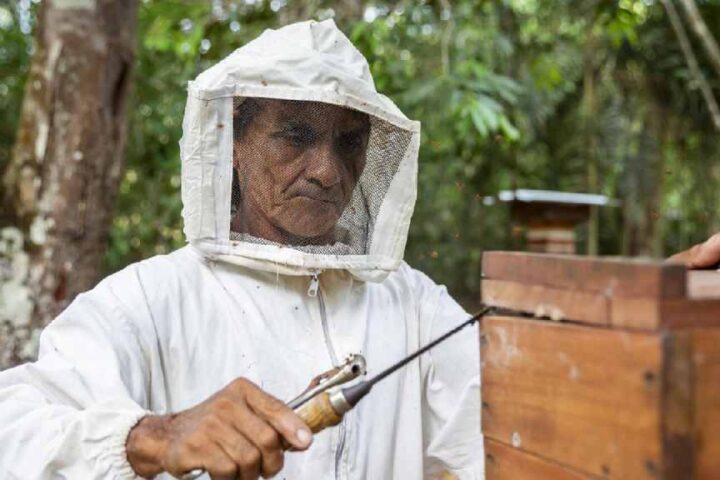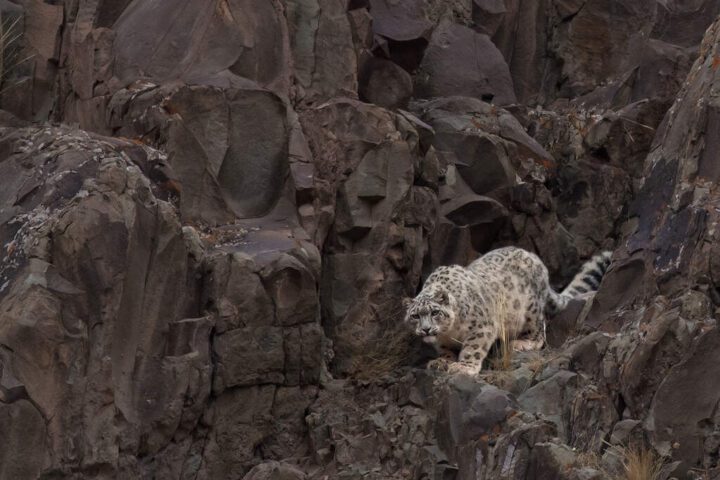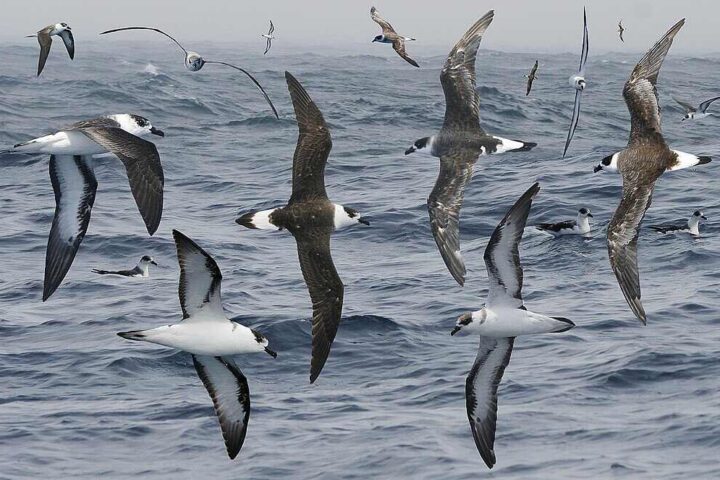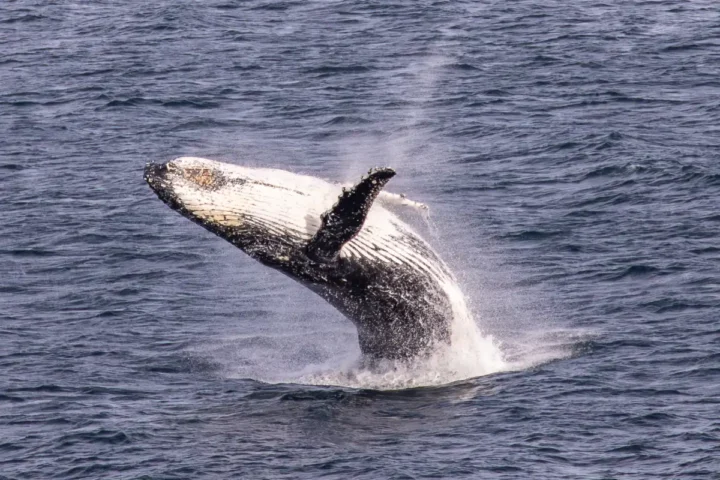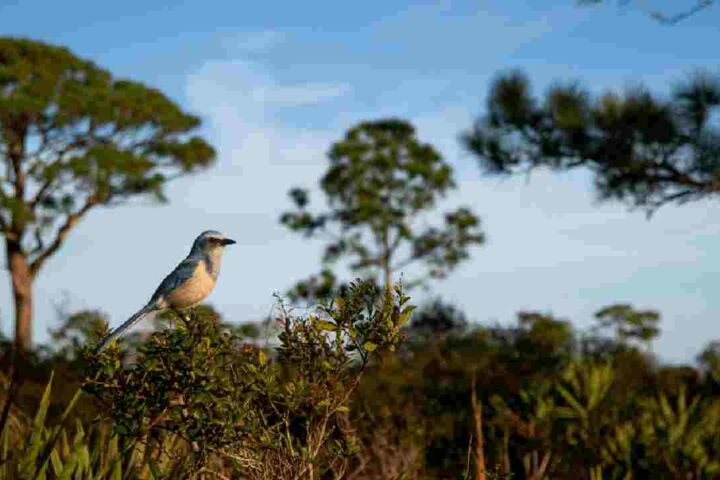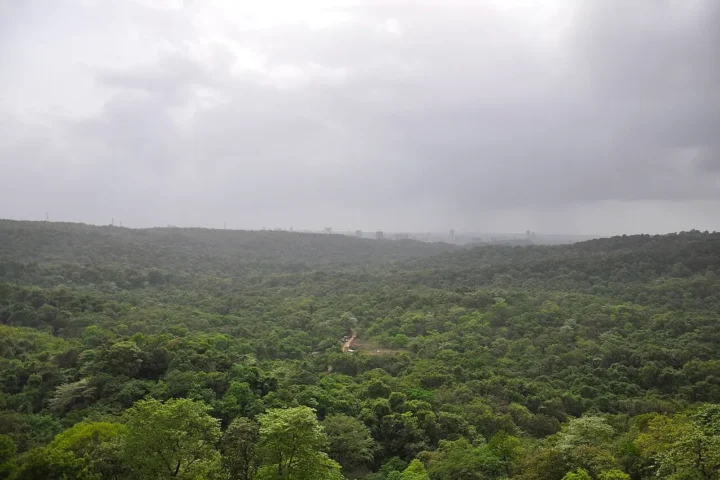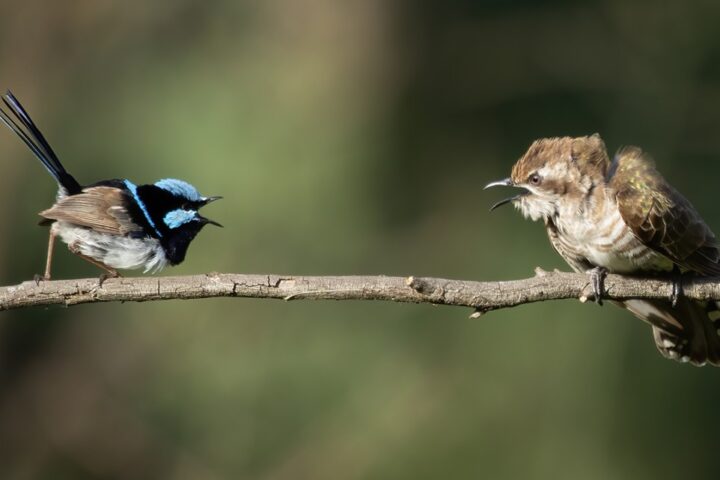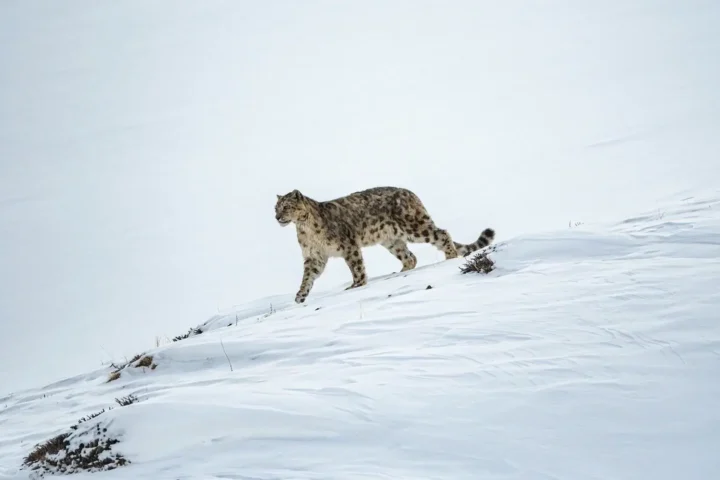Five natural areas spanning Africa and Asia may soon join UNESCO’s World Heritage List after receiving backing from the International Union for Conservation of Nature (IUCN). The announcement came on May 27, 2025, spotlighting sites critical for endangered species like Western Chimpanzees, Pygmy Hippopotamuses, and sea turtles.
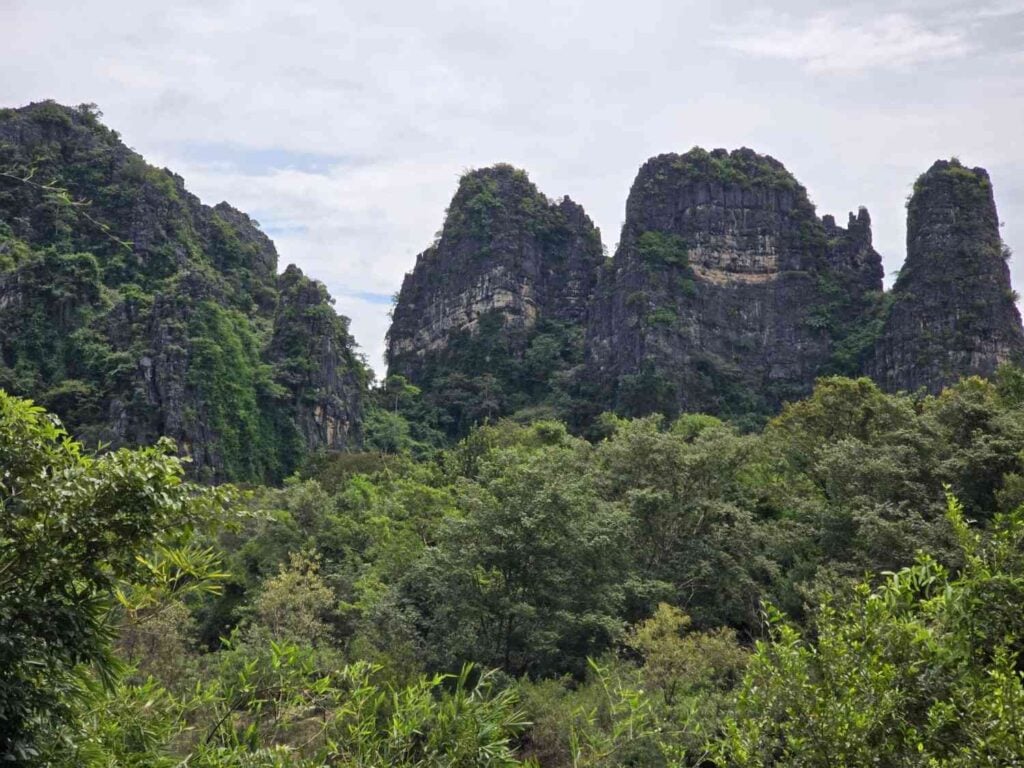
For veteran conservation watchers, these recommendations represent a modest step toward fixing the World Heritage List’s geographic imbalance. Two countries—Guinea-Bissau and Sierra Leone—stand to gain their first-ever World Heritage sites if the UNESCO committee follows IUCN’s advice when it meets July 6-16 in Paris.
“There’s a need for greater action on the imbalance of the World Heritage List, and to support regions and countries that are underrepresented,” said Tim Badman, Director of World Heritage at IUCN.
Similar Posts
The Bijagos Archipelago in Guinea-Bissau hosts critical nesting grounds for threatened sea turtles and feeds up to 850,000 migratory birds traveling from Northern Europe. Sierra Leone’s Gola-Tiwai Complex protects some of West Africa’s last large intact forests, home to threatened Western Chimpanzees and Pygmy Hippopotamuses.
Two recommendations would extend existing sites across national borders. Vietnam’s Phong Nha-Ke Bang National Park would expand into Laos to include Hin Nam No, creating a unified protection zone for one of the world’s finest tropical karst systems. These limestone landscapes harbor specialized cave species, including the Giant Huntsman, which has the largest leg span of any spider.
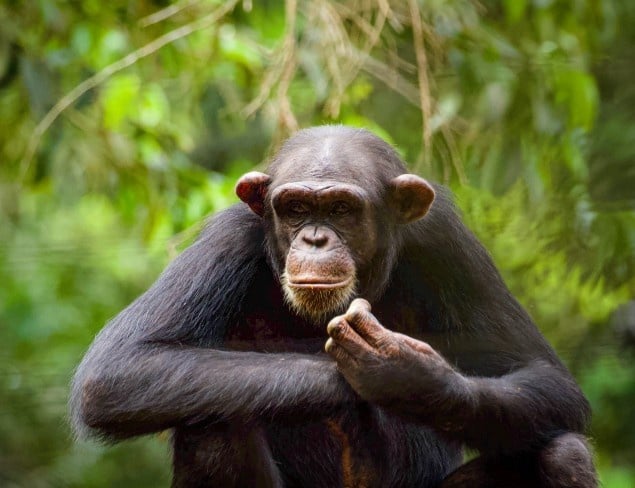
South Africa’s iSimangaliso Wetland Park would grow to incorporate Mozambique’s Maputo National Park, strengthening protection for vital coastal wetlands featuring coral reefs, white beaches, and seagrass meadows where sea turtles nest and flamingos breed.
North Korea’s Mount Kumgang rounds out the recommendations with its dramatic granite peaks and valleys. The site holds deep cultural significance in Korean Buddhist heritage.
While these nominations offer hope, they come as existing World Heritage sites face mounting threats. IUCN’s latest reports reveal continuing challenges at Mexico’s Monarch Butterfly Biosphere Reserve, where butterfly populations are dropping despite protection efforts. Other sites struggle with invasive species, unregulated tourism, and human conflicts.
World Heritage status provides more than prestige. Sites recognized for “Outstanding Universal Value” receive international conservation support and often see increased tourism revenue, though this requires careful management to avoid harming the very features that made them special.
IUCN evaluated eight nominations this year with help from over 120 experts, recommending only five for inscription. The final decision now rests with the UNESCO World Heritage Committee when it convenes in July.
